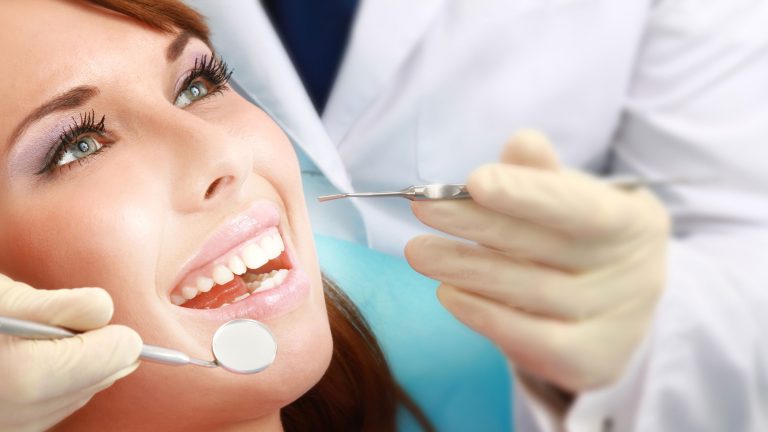Have you ever wondered about the structure of your teeth? Do you know what they look like? Well, the tooth is an important element in your body. It is your teeth where the digestion process starts. The teeth aid you in not only digestion but also several other advantages. Teeth help you speak clearly and offer you a good smile. This is why most people opt for teeth whitening in Melbourne.
If you don’t know about your teeth’ anatomy, then you are at the right place. In this editorial, professional dentists have explained the anatomy of your teeth along with their functions. So, keep reading the blog and know in detail about the anatomy of the teeth before going for teeth whitening in Melbourne.
Table of Contents
ToggleTeeth in adulthood
Permanent teeth, often known as adult teeth, are also known as secondary teeth.
When do adult teeth begin to emerge (erupt)?
Between both the ages of 6 and 12, primary (baby) teeth are frequently replaced by adult teeth. Except for wisdom teeth, most adolescents ought to have a complete complement of permanent teeth by the age of 12.
Teeth erupt in a symmetrical pattern. Thus, the upper molar on the left should erupt around the same moment as the upper molar on the right.
The tooth you have and their functions
There are 32 teeth in the permanent dentition. Each jaw has 4 incisors, two canines (also known as third molars), four premolars, also known as bicuspids, four molars, and 2 wisdom teeth (also known as third molars). There are 28 teeth if wisdom teeth are removed.
The incisors are indeed the top and bottom jaws’ centre four teeth. They may get used to cutting, ripping, and holding food. An incisor’s biting part is large and narrow, forming a toothed cutting edge. The canine, which refers to a single-pointed tooth, is positioned on the side of incisors. They are used to grasp and rip food.
A sequence of bumps on premolars or molars is utilized to break up food particles. Bicuspid refers to the presence of two cusps on each premolar. They are designed to retain and smash food. Molars are the back of the mouth’s flat teeth. Each molar contains 4 or 5 cups on average. They are only used for crusher and grinding purposes. Third molars are another name for wisdom teeth. They appear at the age of 18 but are frequently surgically removed.
What is the number of roots on each tooth?
Each tooth has a different number of roots. In most cases, incisors, canines, and premolars have only one root, whereas molars have 2 or 3.
Knowing the structure of your teeth will aid you in your next dental visit. You can use this knowledge to convey to your dentist what you have seen in your own mouth. This knowledge will also assist you in comprehending what your orthodontist has to say regarding your teeth.
Conclusion
Keeping it short, this is all you should know about teeth anatomy. For better teeth care, you can visit Dentist Near Me. It is a reliable dental care solution.




